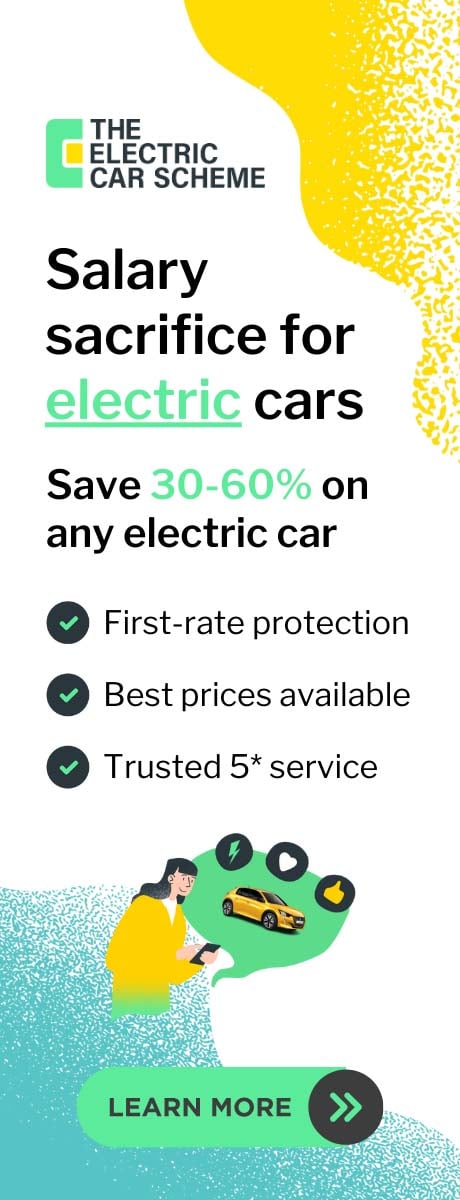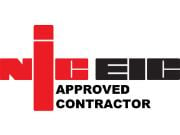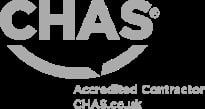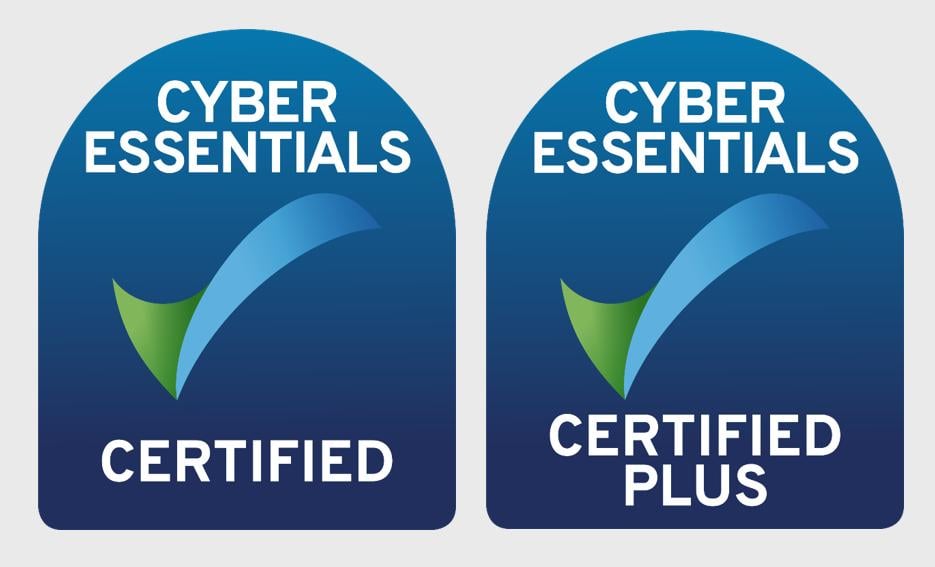How to use a public charger for an electric car
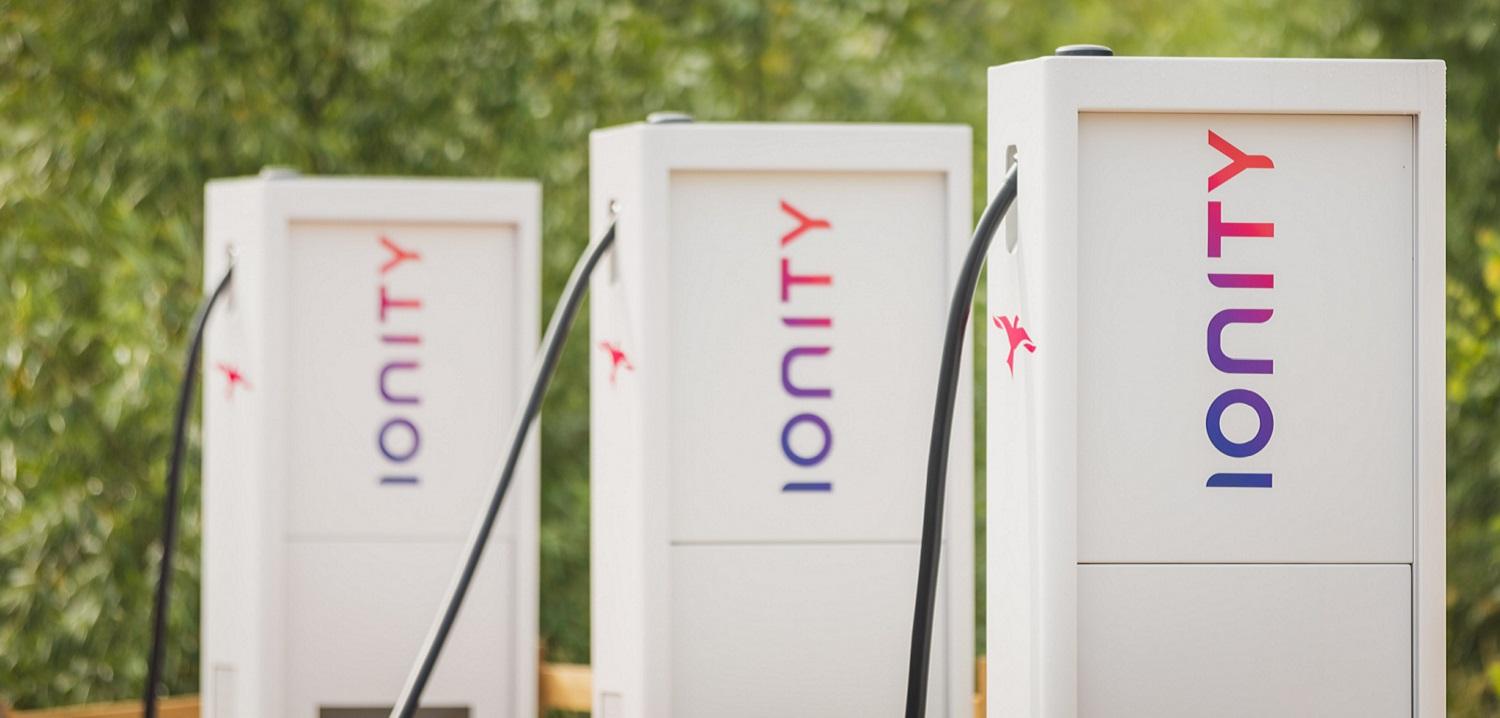
New to the world of electric cars? To charge an electric car away from home might seem daunting, but using a charge point shouldn't be too challenging with a bit of help. If you're looking to see how to use a public EV charger, we're here to do just that.
Public charging points can be an excellent option for those without the ability to charge their electric cars at home, as well as for those on a longer journey.
This guide explains how to use the different types of public chargers and some of the differences to look out for.
Using a public charger can seem confusing and daunting at first. We will be honest, there are some things you need to be aware of but it isn't as complicated as you may think.
- What are public chargers?
- What do public chargers look like?
- Where can you find public chargers?
- How do you use public chargers?
- How do you pay to use a public EV charger?
Get £5 free charging
Get £5 worth of free public charging with Electroverse when you sign-up using our link,
What are public charge points for electric cars?
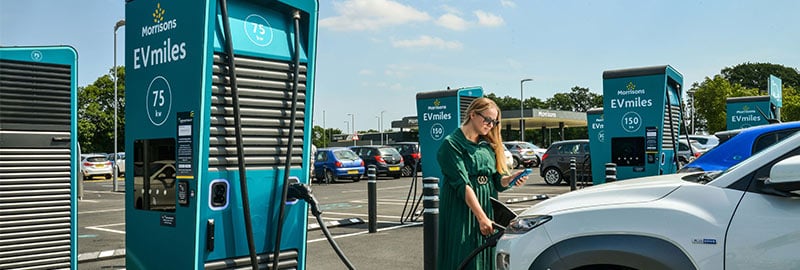
Without stating the obvious, public chargers are available for all electric vehicle drivers to use.
An electric car charger can come in a variety of shapes, sizes and are operated by a number of different companies usually called charge point network operators.
Some well-known public charging operators are BP Pulse, Shell Recharge, Ionity, PodPoint, InstaVolt and Osprey just to name a few.
They are designed for any electric vehicle driver to top up the charge of their car.
Some offer ultra-fast charging for quick top-ups, while others are slower and designed for scenarios where the driver may be parked for longer, such as at a shopping centre or supermarket.
Rapid charging and ultra rapid chargers will be discussed below, how the essential process is similar to standard methods to charge an electric car.
Public chargers can be used by those needing to recharge while on a longer journey, as well as being a handy option for drivers who do not have a home charging solution for charging electric cars.
What are the main types of public charger? What do they look like?
The size, shape and design of public chargers varies quite a lot, though each charging unit will have either have a charging cable attached to them or a socket to plug in a cable.
There are two main types of public EV charging units - destination chargers and on-the-road (rapid) chargers.
Destination Chargers
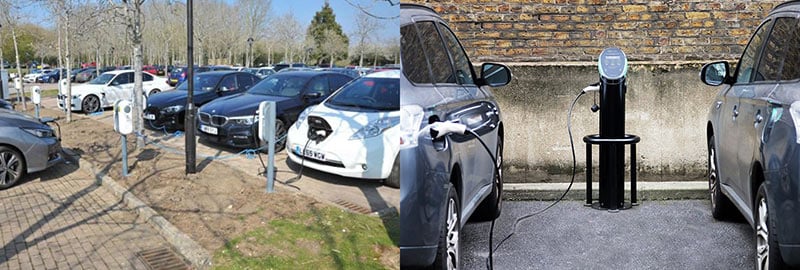
Destination Chargers are designed to be used while EV drivers are busy doing other things, such as shopping, going to the gym or at work. As such, you'll most commonly find them in car parks across the UK where vehicles are likely to stay for 30 minutes or longer.
They tend to have a charging output between 7kW and 22kW, which will add between 30 to 50 miles of range per hour depending on your vehicle.
While their look varies, they typically use a "bollard" design.
Just like your home charging point, destination chargers can be tethered or untethered, meaning that it's advisable to have a charging cable handy in your boot if you intend to use one.
How to use a destination charging point
The act of plugging in your electric vehicle using a public charger is very simple, although paying for the charger and starting the charging session can vary between operators. We've provided guides to some of the biggest networks and how to use their charge points, which we will list below. In general however, most networks use a similar method to the below for electric car charging:
Locate the charger and park up your electric car
Open your charging port (this may be on the front of your electric car or on the side)
Plug in – if the charger has no cable, you will need to use your own charging cable. If a cable is attached to the charger, select the right connection for your electric car and plug it in.
Pay - most new chargers accept contactless payment, but some older networks require you to have an account and/or app.
- Connected Kerb
- Mer Charging
- Char.gy
Compare charging costs
Compare the charging costs of home energy tariffs as well as public charging networks using our cost to charge tool.
On-the-road Chargers
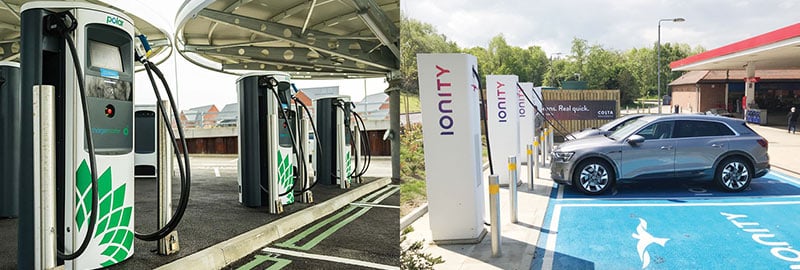
On-the-road chargers, often known as "rapid chargers", are mainly designed for quick top-ups on longer journeys.
As such, they tend to be much faster offering charging outputs from 50kW and even as high as 350kW. Rapid charging points that offer speeds of 100kW or higher are often referred to as ultra-rapid charge points.
Because rapid on-the-road chargers are more powerful and often serve more than one vehicle per unit, these charging points tend to be much bigger.
The time spent charging depends on how powerful the charger is, what charging rate your vehicle can accept and how big of a battery your vehicle has, but a typical "stay" at a rapid charger is 30 minutes and under.
You can find out the rapid charge rate of your vehicle by finding it on our vehicle pages or by checking your car's manual.
There are two connector types on rapid chargers, CHAdeMO and CCS. Almost all new electric vehicles use CCS but it's important to check this Both of which are tethered to the charger itself.
Some companies are also starting to call rapid chargers en-route chargers.
The term is to help differentiate between what is becoming the two main ways of publicly charging your EV. You're either charging at your destination, or you're charging en-route to where you're going, which is usually a long distance trip.
This is a bit of an evolution of the term also due to the fact rapid charger technology is continuing to develop, get faster and more efficient all the time.
The industry has thought up a different term, rather than going down the road of ultra-rapids, ultra-super-mega rapid chargers...you get the idea.
How to use a rapid charging point
As with destination charging points, we will list our dedicated charging network guides below but in general, you'll be able to use the following method:
Locate and park your electric car next to the charging point. Ideally, you'll want to have your car's charging port as close to the charger as possible.
Unlatch the compatible charging cable from the charging point's holster and insert it into your car's charging port.
Pay - most new chargers accept contactless payment, but some older networks such as Ionity, require you to have an account and/or app. Instructions on how to pay will usually be listed on the charging point itself.
- Mer Charging
- Fastned
- Gridserve
- Instavolt
- Ionity
- Osprey Charging
- Geniepoint
Where are public chargers located?
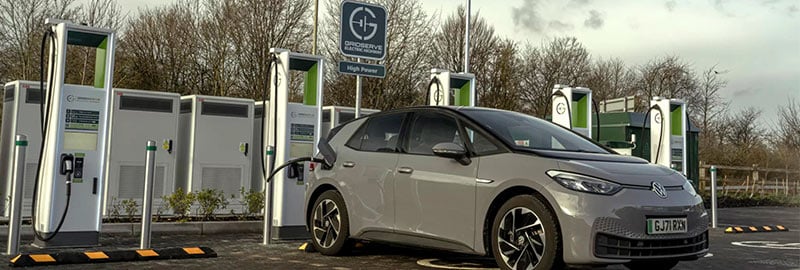
Destination public chargers are located in a variety of locations from council car parks, leisure centres, supermarkets and on streets - electric car charging points are easy to find.
On-the-road rapid chargers tend to be located at motorway service stations or by major roads, however they can also be found at retail parks and by other popular amenities such as Starbucks, McDonalds and more; in fact many restaurants and hotels have electric car charging points in their car parks.
Many petrol station forecourts, such as Shell, BP and other providers, are now adding electric vehicle charging points too.
You can find charge points near you through Zap Map - a charger mapping service which will help you locate public chargers across the UK.
There you can filter for ultra rapid chargers and rapid chargers, and how best to avoid slow chargers with your electric car.
Never miss our latest content
Get our latest content, offers and videos sent straight to your inbox when you sign-up to our newsletter
How much does it cost to charge an electric car at a public charger?
Costs vary and is usually dependent on how fast the charger is. You can also get discounts on public charging via some subscription services if you need to use them regularly. Some electric car manufacturers offer discounts on electric car charging when you buy the car.
Due to convenience, rapid charging points tend to be more expensive to use than destination chargers ranging around 60p-80p per kWh.
For this reason we have created tools to help you compare the costs of public charging, meaning you can get the best value out of your electric car:
Paying for public chargers can also vary. Many new chargers include contactless payment, but some networks also use apps to access and pay for their chargers - some apps may require you to register and create an account while others allow you to use the app as a "guest".
Electric car charging has become a lot simpler in terms of payment over the past few years, but it's worthwhile to have your credit or debit card to hand at a charge point just in case.
You can also use a charging card service such as Electric Universe or Zap-Pay, which allows you to use and pay for charging sessions on multiple networks with one app or card.
You can find out the best charge card service is right for you by checking out our charge card comparison feature below.
One card, thousands of chargers
Find the best charging card service for you in our EV charge cards review


